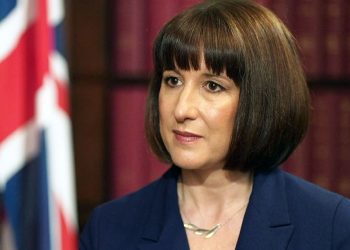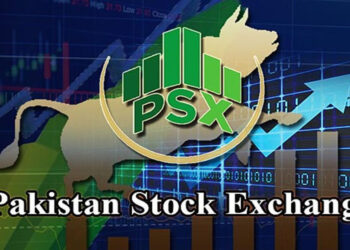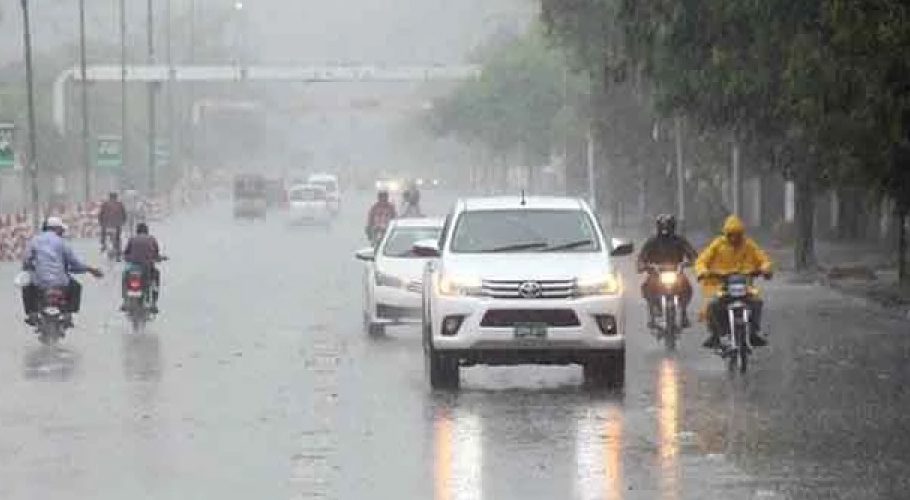The year 2022 has got–off to a start which will leave most citizens extremely worried — about where the money for next electricity, gas and petrol bill is to come from – due to the renewed pressure from the International Monetary Fund to streamline Pakistan’s economy. The economy is the biggest threat that the government is in fact facing right now. Pakistan has been a member of the International Monetary Fund since 1950. To keep the balance of payments in check and to meet financial obligations government of Pakistan unfortunately always resort to take loans hence the government has now resorted to International Monetary Fund.
The primary purpose of taking loans from the International Monetary Fund is that Pakistan’s government wants to stabilize its deteriorating economy, exchange rates and balance of payments. The International Monetary Fund has provided loans to Pakistan on twenty-two occasions. The International Monetary Fund agreed to revive a $6 billion bailout package for Pakistan after more than a month of discussions, providing a major relief to its struggling economy though the government will need to push through with key reforms. The country needs money, but economists are worried the International Monetary Fund’s conditions will trigger price hikes burdening Pakistani consumers.
Pakistan’s total debt and liabilities jumped to the record PKR 50.5 trillion at the end of September 2021, an addition of PKR 20.7 trillion in the past 39 months. There was an increase of nearly 70 percent in total debt of the country.
External debt in Pakistan is expected to be 118500.00 USD million by the end of this quarter. In the long-term, the Pakistan total external debt is projected to trend around 118500.00 USD million in 2022. The debt taken by Pakistan from the International Monetary Fund increased in rupee terms by PKR 70 billion to PKR 811 billion due to currency devaluation. Hence in the long run International Monetary Fund loan has the potential to harm Pakistan and its economy in a more devastating and brutal way than the loan taken from China under CPEC.
However this relief is short-term and usually yields a new crisis in long-term as debt matures and the government gets into a monetary crisis again due to inadequate raising of dollar in the Federal Reserve. The International Monetary Fund provides huge amount of loans for such purposes, which seems very lucrative and attractive offer at first sight for a short-term perspective.
This bailout has laid several conditions on Pakistani government including those on taxes and subsidies, government spending, interest rate and foreign exchange rate, raised electricity taxes, putting consumers under severe pressure, bailout package will put economic policy in hands of the International Monetary Fund. But the most stringent condition laid by International Monetary Fund for Pakistan was to account in detail the Chinese financial outlay in China Pakistan Economic Corridor and give firm assurances that Pakistan will not divert International Monetary Fund loans to service its China debts.
An increase in oil prices leads to inflation, increase budget deficit and puts downward pressure on exchange rate which makes imports more expensive.
The rising oil prices are the major concern for all developing economies and Pakistan is suffering from it too.
Oil prices in Pakistan are particularly relevant to consumer spending in the country. Based on Consumer Price Index basket, approximately 10% (may be more) of total consumer spending in Pakistan comprises of oil and related products. This includes commodities like electricity, gas, and motor fuel. Furthermore, oil prices also have the ability to affect inflation through a rise in production and distribution costs. Oil is becoming the most prominent indicator of economic growth in Pakistan with increase of its demand. Also oil prices are doing their main contribution to impact GDP of Pakistan including different shock dummies in data. But they are having a particularly nasty effect in Pakistan, a developing country already prone to political instability and heavily dependent on imports like fuel.
The government has announced a massive increase in petrol prices in Pakistan from 16 February 2022 to 28 February 2022 on the directives of Prime Minister Imran Khan providing a relief to people at a time when they are facing already burdened amid the already increasing inflation. According to the announcement, petrol price in Pakistan has been increased by PKR 12.03 per liter, while price of high-speed diesel in Pakistan has been raised by PKR 9.53 per liter.
Meanwhile, price of Kerosene oil has been increased by PKR 0.08, while price of light diesel oil has been raised by PKR 9.43. This brings the new petrol price in Pakistan at PKR 159.86 per liter, price of high-speed diesel at PKR 154.15 per liter, price of Kerosene oil at PKR 126.56 per liter, and price of light diesel oil at PKR 123.97 per liter.
The sectors that posted double-digit growth in prices when compared to the same month of last year included perishable and non-perishable food items, energy, transportation, clothing, restaurants and health. Household and energy rates increased by 15.5%, transport sector led inflationary trend with an increase of over 23%, followed by 13% and 14% for perishable and non-perishable food items, restaurants and hotels 13% and clothing 12%.
This is the highest consumer price index inflation since January 2020 when it was 14.6%. “CPI inflation (general), increased by 13% on a year on year basis in January 2022 compared to an increase of 12.3% in previous month (December 2021) and 5.7% in January 2021. Inflation causes by excess money printing, high production costs, international lending, national debts and federal taxes.
IMF, oil prices and inflation will have negative effects and may hurt individuals and companies alike such as hoarding, increased risk, higher uncertainties and fixed income recipients will be hurt. It will not only lower national saving, existing creditors also will be hurt which in return, distort relative prices, causes an increase in tax bracket and business life cycles.


























